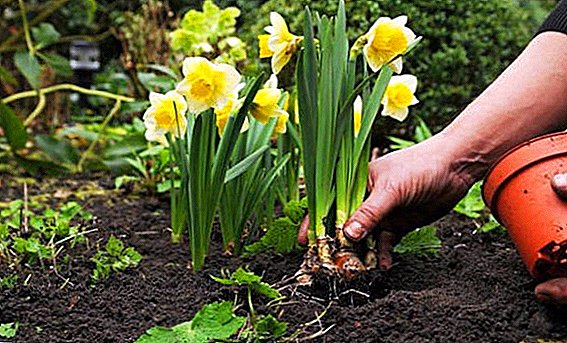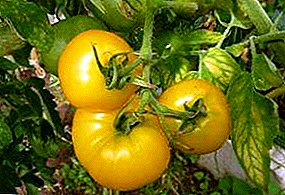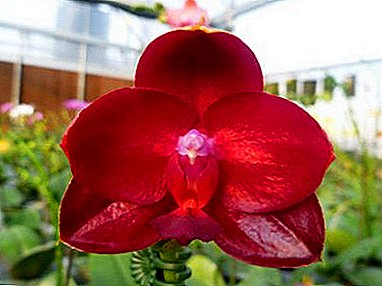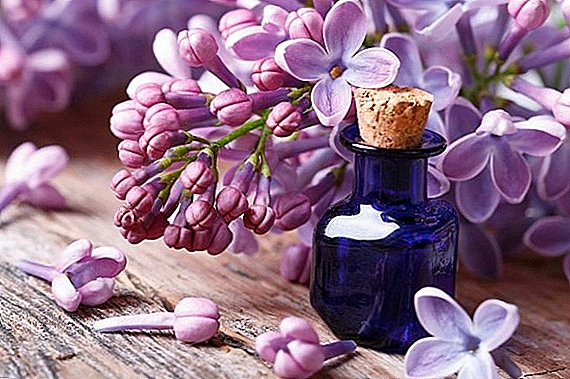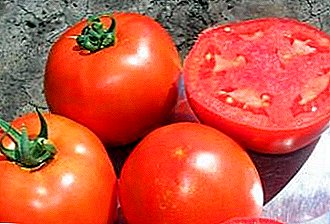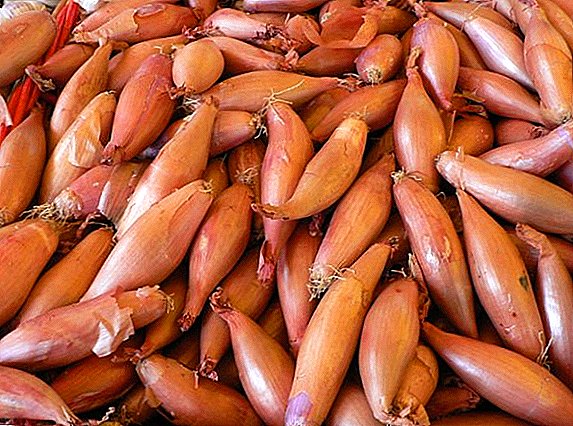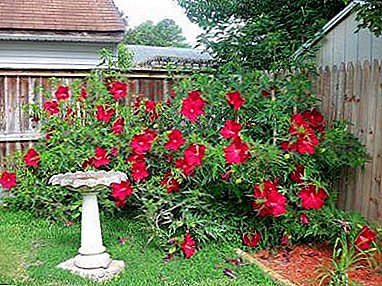
A beautiful plant that, due to its wide species diversity in the natural environment, can take on grassy forms, as well as shrubs or trees, is known as hibiscus.
The deciduous and evergreen representative of the malvaceae is common in tropical and subtropical climates. While in temperate latitudes in the open ground individual species are able to grow, united under a single name - hibiscus garden, care and reproduction of which even a beginner can.
Garden hibiscus - quite unpretentious in the care of the plant family of malvaceae. Almost all of its species are famous for very beautiful flowering, it is only necessary to choose the location and follow all the recommendations for the cultivation on the site.
How to care?
Temperature
Garden hibiscus, depending on the variety, can be very resistant to heat and frost. The older the plant, the greater the resistance to frost it will manifest. In general, the weather of the middle band is acceptable for the plant, but in case of abnormal heat, a slight shading may be required. For the winter the bush needs shelter.
How to water?
Water for irrigation should be used rain or river, defended, with low hardness. Watering should be moderate, as the topsoil dries. If the weather is hot, watering can be daily. Leaves should be washed from dust, thereby preventing the appearance of spider mites. If watering is insufficient, flowers and unopened buds will begin to fall off in large quantities.
Important! To retain moisture in the soil as long as possible, mulching should be done, which will also enrich the soil with nutrients. The best materials are straw and peat with humus.
Lighting
Hibiscus belongs to the sun-loving crops, but it may well tolerate a shadowAt the same time flowers will be more saturated shades.
A place
For the cultivation of hibiscus is to stop the choice on the sun and the most warm area of the garden, protected from wind and drafts, which are especially dangerous for the plant in early spring.
Pruning
 With the arrival of spring and the emergence of new stems old dry twigs need to be removed. The pruning procedure is mandatory, since only young branches can bloom. Old branches are cut out completely, last year's shoots are shortened by a quarter. With the help of systematic pruning plant can be given the desired shape. The procedure has several types:
With the arrival of spring and the emergence of new stems old dry twigs need to be removed. The pruning procedure is mandatory, since only young branches can bloom. Old branches are cut out completely, last year's shoots are shortened by a quarter. With the help of systematic pruning plant can be given the desired shape. The procedure has several types:
- Stimulating - carried out in early spring to get an intensive formation of new shoots.
- Thinning out - removal of dried and weakened shoots.
- Corrective - allows you to return a neat appearance of an overgrown plant.
- Autumn - held after the cessation of flowering.
- For survival - is carried out for diseased plants, leaving a minimum of ground mass.
Priming
Soil for hibiscus is very easy to pick up. Any loose quality garden soil will do., most importantly, the risk of stagnant moisture in it was minimal.
A drained soil with a good level of organic matter and additionally introduced nutrients is all that is necessary for hibiscus for comfortable growth.
Top dressing
During the period of intensive growth, garden hibiscus needs regular feeding, which must include phosphorus and nitrogen. In early autumn, to fully prepare the plant for the winter, it is necessary to add phosphorus-potassium fertilizers under the shrub.
When to replant a tree shrub?
In a sunny place, hibiscus without a transplant can grow up to twenty years. But if the need to move the bush to another place nevertheless arose, it is best to do it in early spring, after cutting the shoots to half the length and before the flowering begins.
In grassy hybrid hibiscus transplant can be combined with the division of rhizome.
Transplantation is carried out according to the following scheme:
- A pit is being prepared, at the bottom of which a drainage from a 15 centimeter layer of broken red brick is organized. The same layer of sand is poured onto it and a layer of compost is laid on top, also 15 centimeters. Compost sprinkled with the same layer of sand. The result is effective and nourishing drainage.
- The plant is carefully picked from the old place.
- Hibiscus is placed in a prepared pit and covered with earth, previously mixed with peat and sand in a ratio of 2: 1: 4.
- The hibiscus root collar after transplantation should be slightly covered with earth.
After transplanting around the plant it is necessary to make a watering circle and moisten the soil. After the water is absorbed and the earth settles, you need to pour the earth mixture, before aligning with the common surface of the flower bed.
Nip
Pinching refers to gentle trimming techniques and consists in cutting off the tops of the branches above the topmost node to stimulate growth. Pinching applicable to young hibiscuses, not yet in need of other, more serious, pruning methods.
Features of the plant, flower photo
Unlike room representatives, hibiscus garden is able to withstand low temperatures, it is demanding for regular loosening of the soil and removal of nearby growing weeds.





Breeding
Garden hibiscus can be propagated by seeds and cuttings. Both methods have the right to life, but grafting will allow you to get a flowering bush faster.
- With the seed method of reproduction, an adult ornamental plant can be obtained only after three years.
- For cuttings, one should choose lignified, cut-off shoots, giving a whisk of roots in the water. The most viable of the cuttings can be planted in pots and planted after the winter to a permanent place. The strong and strengthened bush turns out from the grown-up and overwintering sapling.
Diseases
Garden hibiscus refers to plants that are able to withstand disease.
- If the hibiscus is kept in dry conditions for a long time, affection with aphids, thrips, whitefly, and spider mites may occur. In the case of insects in culture, treatment with insecticides is carried out in two stages with an interval of two weeks.
- Due to the poverty of the soil, the plant can get chlorosis.
- If the hibiscus is yellowed - this may be a signal of a lack of iron and nitrogen in the soil or injury to the root system in case of a wrong transplant.
Hibiscus long ago changed the status of exclusively indoor plants, successfully settled in the gardens and quickly won the title of one of the most fashionable and luxurious cultures for landscape design.


